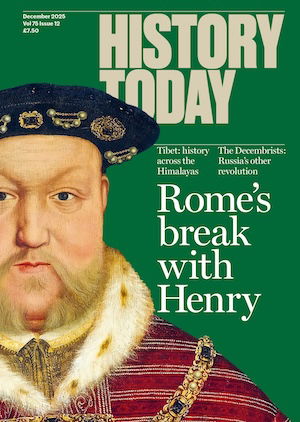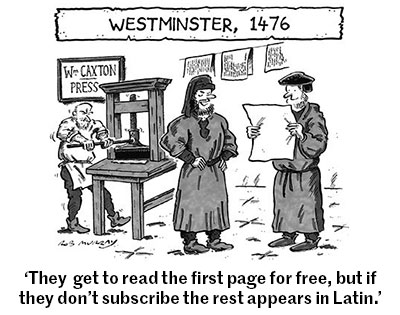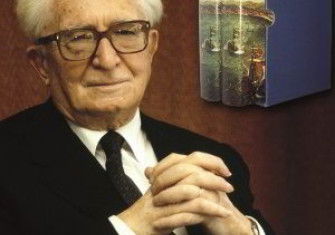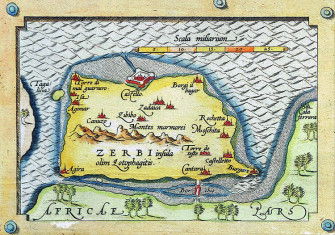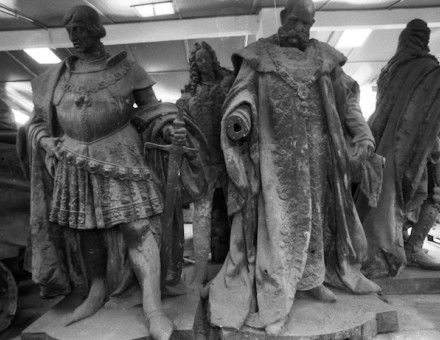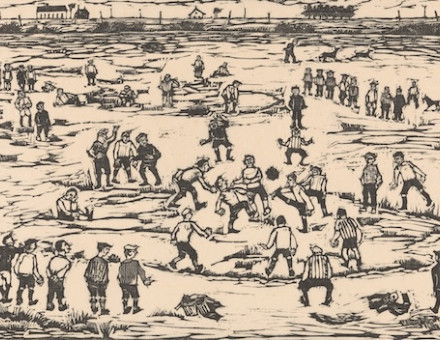The Transformations of Fernand Braudel
It is 40 years since the death of Fernand Braudel, the historian who sought the perspective of ‘God the Father’.
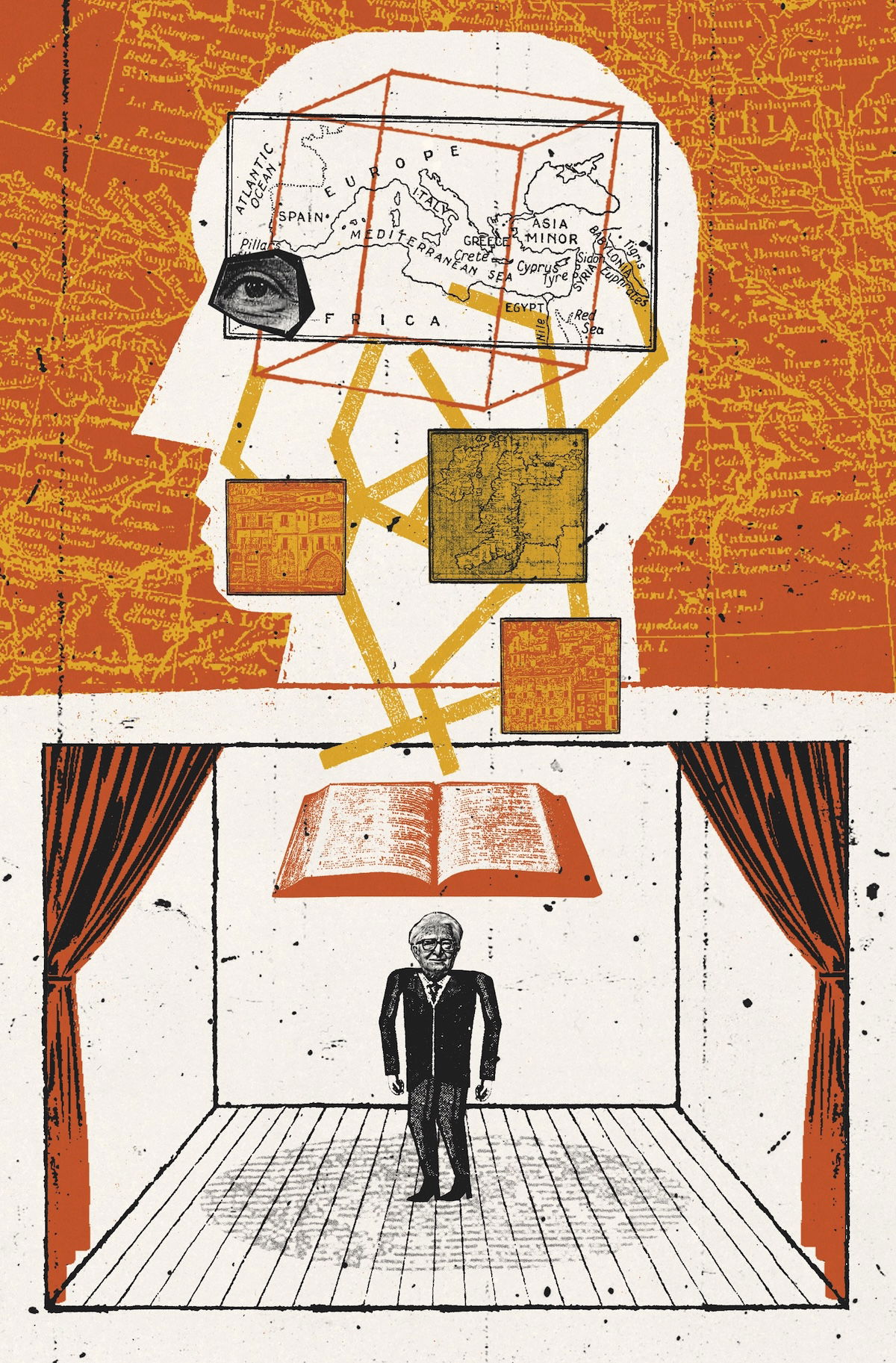
In May 1967 I met Fernand Braudel for the first time. At the end of my ‘audience’ I asked him what constituted the greatest asset for a historian. I expected something along the lines of Leopold von Ranke’s famous formulation (‘Good history requires three things: critical use of the material, insight into how things happen, and good fortune in describing them’). Braudel disagreed. He answered my question without hesitation: ‘imagination’. It was Braudel’s imagination that made him the 20th century’s greatest Western historian.

